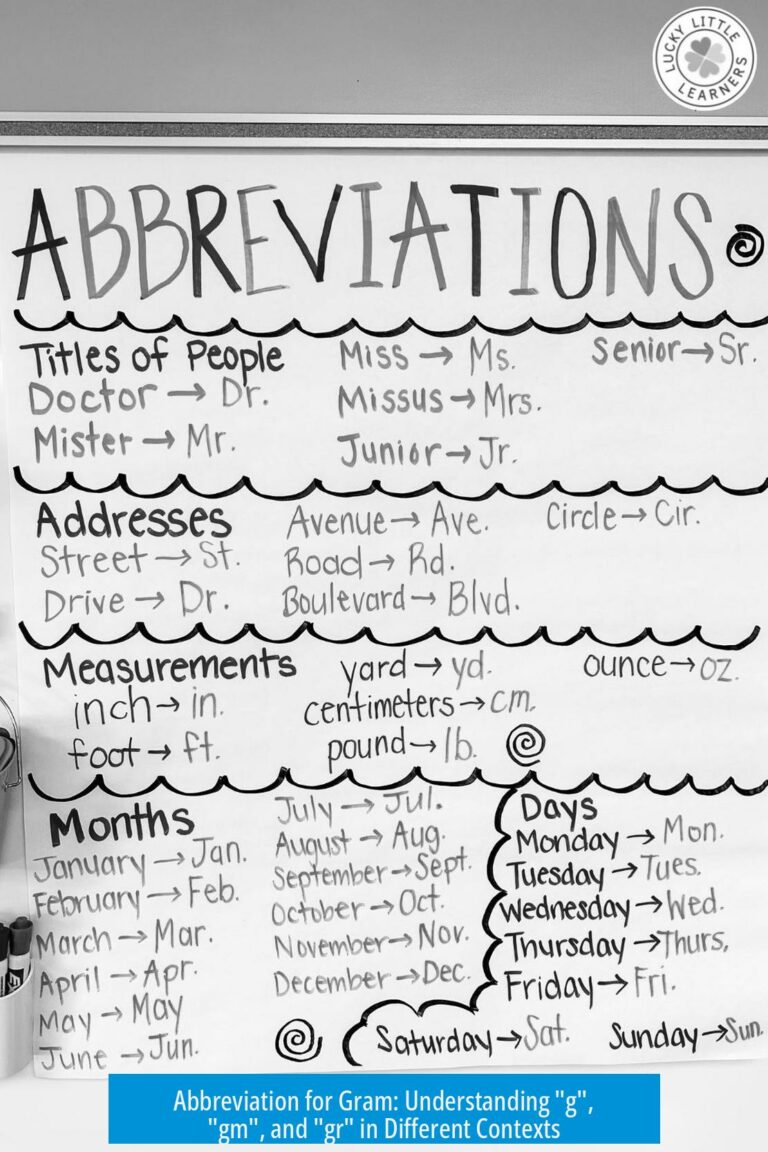Crystalline Solid vs Amorphous Solid: Clear Explanation
Crystalline solids have molecules arranged in a precise, ordered pattern extending throughout the material, while amorphous solids lack this long-range order and have molecules packed randomly. This fundamental difference affects many physical properties and the behavior of each solid state.
1. Defining Crystalline and Amorphous Solids
Crystallinity depends on the molecular packing. In crystalline solids, molecules align in a regular pattern, creating a stable structure. This requires sufficient time and energy for molecules to rearrange properly, but not so much energy as to melt the solid.
By contrast, amorphous solids lack this ordered packing. Their molecules are arranged irregularly, either because the material did not undergo conditions allowing crystal growth or due to intrinsic molecular constraints preventing ordered formation.
2. Examples and Material Types
| Solid Type | Examples | Properties |
|---|---|---|
| Crystalline Solids | Diamond, Graphite | Highly ordered molecular arrangement; well-defined melting points |
| Amorphous Solids | Silica Glass, Wood | Molecules randomly packed; no sharp melting points; softening over temperature range |
Diamond and graphite are crystalline but with different structural symmetries. Silica glass is a common amorphous solid. Wood is a complex mixture containing both amorphous polymers and semi-crystalline components.
3. Isotropy and Anisotropy: Not Linked to Crystallinity
Contrary to some assumptions, crystallinity does not strictly determine isotropic or anisotropic behavior. Both crystalline and amorphous solids can exhibit either property.
- Isotropic materials have properties that do not depend on direction. For example, diamond (crystalline) and silica glass (amorphous) are isotropic.
- Anisotropic materials have properties varying with direction. Graphite (crystalline) and wood (amorphous composite) show anisotropy.
Thus, ordering at the molecular scale (crystalline vs amorphous) is separate from directional dependence of physical properties.
4. Semi-Crystalline Materials: A Hybrid Structure
Many materials, especially polymers, exhibit semi-crystalline behavior. These contain regions with ordered crystalline structures and regions with disordered amorphous arrangements.
Processing conditions, such as cooling rate and thermal treatment, influence the proportion of crystalline vs amorphous regions. Slow cooling often promotes crystallization, while rapid cooling leads to more amorphous content.
Limitations in molecular shape or size can hinder crystalline packing. Large or irregular molecules may never form fully crystalline solids.
5. Wood: A Composite with Mixed Crystallinity
Wood challenges simple classification since it is a composite of diverse substances: lignin, cellulose, hemicellulose, and fluids.
- Some constituents, like cellulose, possess semi-crystalline regions mixed with amorphous parts.
- Lignin and other components may be predominantly amorphous.
- The bulk anisotropy of wood arises from its macroscopic, layered cellular structure, not solely from molecular crystallinity.
Therefore, wood’s anisotropy is due to its hierarchical composite nature rather than homogeneous crystallinity.
6. The Core Concept: Molecular Ordering and Lattice Structure
Crystalline solids can be described with lattice points that repeat periodically in three dimensions. This regular arrangement defines their structure and influences properties like melting point and mechanical strength.
Amorphous solids have no repeating lattice. Their molecules occupy positions randomly, leading to characteristics such as gradual softening rather than distinct melting and often isotropic optical properties.
Key Takeaways
- Crystalline solids exhibit ordered, repeating molecular patterns forming lattice structures.
- Amorphous solids have disordered molecular arrangements lacking long-range order.
- Both solid types can be isotropic or anisotropic; crystallinity does not dictate directional properties.
- Semi-crystalline materials contain mixed regions of order and disorder, common in polymers.
- Complex composites like wood combine materials with different crystallinity and show anisotropy from their structural arrangement, not molecular order alone.





Leave a Comment